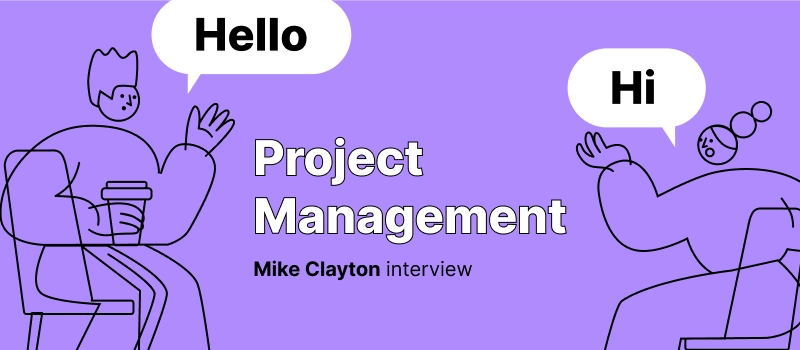
You cannot avoid conflicts in the workplace especially when working on a project. Your job as a project manager is to manage everything from project initiation, planning, and monitoring to ensure successful execution and completion. But, what many new entrants into project management field don’t know is that 20% of project management will be dedicated purely to managing conflicts that arise along the way.
What Causes Conflicts In Projects?
There are a number of reasons that might cause a conflict among team members or even between employees and the management:
- Employee behavior (tendencies)
- Poor communication
- Issues with the management
- Sometimes, it could be because of picking petty fights
Unresolved conflict hinders the productivity of the employees. When the conflict involves multiple members of the team, it could derail the operations of the company. It also robs the company of valuable productive time. According to one studies, companies lose about $359 billion dollars in paid hours while calling each other names, protecting turfs, or sulking. That time isn’t put to any productive use.
Companies lose about $359 billion in paid hours due to conflicts among team members.
How Can You Manage Conflicts Effectively?
As a project manager, you must have invested in a good piece of software for project management and progress tracking. But, if your conflict management techniques are poor, you will have a hard time resolving conflicts when they arise.
We have rounded up some of the best techniques for resolving project conflicts out there. You might decide to use one of these when resolving conflicts. But, you also need to note that each one has its own place and timing.
Accommodate or smooth strategy
This strategy puts more emphasis on areas of agreement rather than areas of differences. That way, someone will be willing to concede their position to accommodate the need for others. That way, it will help foster harmony and improve relationships.
Where is it more applicable?
Let’s say you have project that only runs for a week. What happens if a conflict happens between the two team members based on individual differences?
You see, the time is of essence here. And the deadline is tight. When you have only a week before deadline, you don’t have time to waste on negative energy. In this situation you will be more interested in ‘in the interest of time’ approach. You will do everything to preserve and strengthen the team. Otherwise if all team members keep arguing about their personal differences, it will make the progress of the project difficult. Again, they won’t be able to deliver within the stipulated time span.
Avoid or withdraw strategy
Sometimes it’s worth retreating from a potential or an actual conflict situation. Sometimes, you might prefer to postpone dealing with the issue so that you can prepare yourself, collect more information or wait for the right moment. In some cases, you might even want to delegate it to other people.
If you are the kind of person that find it difficult to contain your anger, withdrawal is the best strategy for you. Why is it effective? It allows you to buy time to compose yourself. That way, you will be approaching the challenge in the right frame of mind, better circumstances (e.g. after the project completion) and probably will find better ways of resolving the conflict.
Direct or force strategy
Project management is not about ‘lording it over’ your team. But, there are times you need to push your views when a situation might lead to emergency. As a project manager, there are times you have to go against the grains and apply your power.
Think about this situation. You are running a big construction project that involves a lot of plants and moving machinery. Safety of the workers is crucial. What if some of your employees show up to the job not wearing proper protection gear? You will be forced to apply your power and order them to do that.
Reconcile or compromise strategy
At times, you might want to look for solutions that bring partial satisfaction to the parties involved in the conflict. This strategy recognizes that some conflicts might not have the perfect ending and suggests finding a compromise or a temporary solution.
For instance, think of a case where you have the main developer, let’s call him Tony. He is a hard worker whose performance has always been impressive. Now Tony wants to advance his knowledge by learning everything about Amazon’s CDNs development for your websites. The developer requests a three-weeks training session organized and hosted by Amazon in a different city.
But, based on your analysis as a project manager, you realize the three weeks Tony will be away will cause a serious disruption in the schedule. Now, that is already a conflict. If you deny him the opportunity, he might get demoralized or even quit the project and getting an equal replacement won’t be easy. In this case, you and Tony have to agree to a compromise.
You can arrange a different training. You can also offer him additional $200 to buy the books that educate him about the Amazon technology. In this case, the ambitious Tony will get a partial satisfaction while you will maintain your project schedule.
Over to You
A task management software will only help you manage the operations in different segments of the project. But not conflicts. There different ways of resolving conflicts that arise during your project work.
Each technique has its appropriate time and context of use. So, you have to be careful when choosing one. Otherwise, it might backfire on you and lead to more conflicts in the long run.


















































